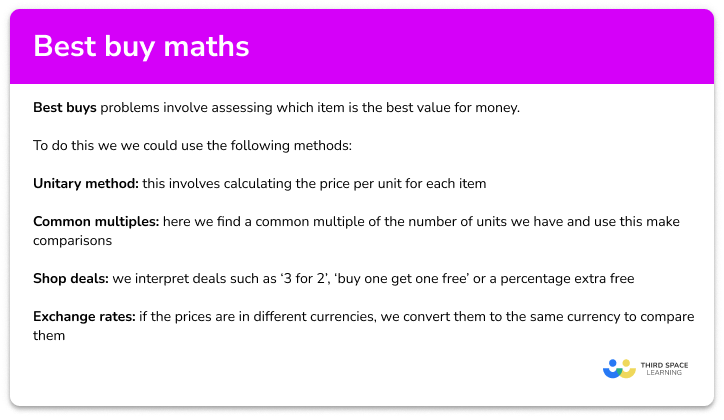FREE DOWNLOAD
Scale drawing worksheet

Help your students prepare for their Maths GCSE with this free scale drawing worksheet of 30+ questions and answers
- Section 1 of the scale drawing worksheet contains 20+ skills-based scale drawing questions, in 3 groups to support differentiation
- Section 2 contains 3 applied scale drawing questions with a mix of real life word problems and deeper problem solving questions
- Section 3 contains 3 foundation and higher level GCSE exam questions on scale drawing
- Answers and a mark scheme for all scale drawing questions are provided
- Questions follow variation theory with plenty of opportunities for students to work independently at their own level
- All questions created by fully qualified expert secondary maths teachers
- Suitable for GCSE maths revision for AQA, OCR and Edexcel exam boards
Scale drawing at a glance
A scale drawing is an accurate drawing of an object or landscape where the sizes have been enlarged or reduced by a given scale factor. Real life examples include technical drawings of objects, floor plans and maps. Scale models can be used alongside scale drawings. Scale models give an accurate 3D representation of an object. As with scale drawings, the real height/length/width of the object is scaled up or down to create the model.
When creating a scale drawing, we use a given scale. For example, a scale of 1:50 would mean that the drawing is 50 times smaller than the object. A real life measurement of 150 centimetres would be drawn with a length of 150 / 50 = 3 centimetres.
If we are looking at a scale drawing, we can work out the actual lengths using the scale. For example, if we had a map with map scale of 1:10000, a distance of 2cm on the map would give a real life distance of 2 * 10000 = 20000 cm, or 0.2km. The actual distance is 10000 times greater than the distance on the map.
Looking forward, students can then progress to additional ratio and proportion worksheets, for example a ratio worksheet or a simplifying and equivalent ratios worksheet.

For more teaching and learning support on Ratio and Proportion our GCSE maths lessons provide step by step support for all GCSE maths concepts.
Do you have students who need additional support?

With Third Space Learning's secondary maths tutoring programmes, students in Year 7-11 receive regular one to one maths tutoring to address gaps, build confidence and boost progress.
"My confidence in the tutoring is high. We've had some phenomenal results. I even had one girl get a Grade 8 this year; she came to every tutoring session."
Stacey Atkins, Maths Director, Outwood Grange Academies Trust








